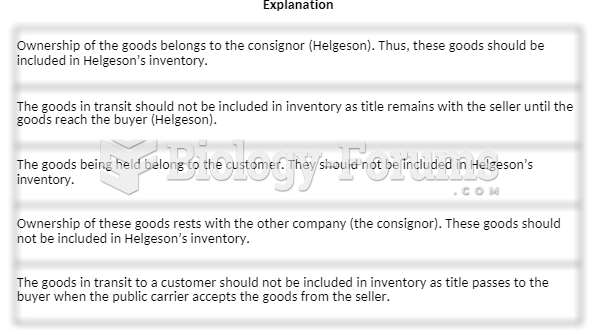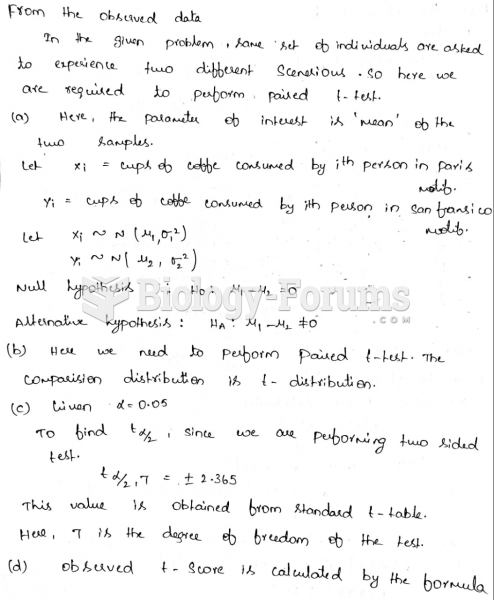Answer to Question 1
Answer: Student answers may vary.
The tendency to repeat learned behavior is influenced by reinforcement or lack of reinforcement that happens as a result of the behavior. Reinforcement strengthens a behavior and increases the likelihood that it will be repeated. Lack of reinforcement weakens a behavior and lessens the likelihood that it will be repeated.
When a behavior is followed by something pleasant, it's called positive reinforcement. Positive reinforcement increases the likelihood that the desired behavior will be repeated. To positively reinforce good performances, Richard can offer an incentive for each sale above a certain target.
Rewarding a response by eliminating or withdrawing something unpleasant is negative reinforcement. To negatively reinforce good performances, Richard can offer to do away with penalties for tardiness. The desired behavior (better performance) is being encouraged by the withdrawal of something unpleasant (penalties for tardiness).
Punishment penalizes undesirable behavior and will eliminate it. To use punishment, Richard can penalize all salespeople who sell below a specified target each month.
Eliminating any reinforcement that's maintaining a behavior is called extinction. When a behavior isn't reinforced, it gradually disappears. He could analyze the situation to find out what encourages the salespeople to perform poorly and then use extinction to eliminate the cause of the poor performance. However, as Richard is trying to encourage a positive behavior, he might not be able to use extinction.
Both positive and negative reinforcement result in learning. They strengthen a desired behavior and increase the probability that the desired behavior will be repeated. Both punishment and extinction also result in learning but do so by weakening an undesired behavior and decreasing its frequency.
Answer to Question 2
Answer: TRUE







